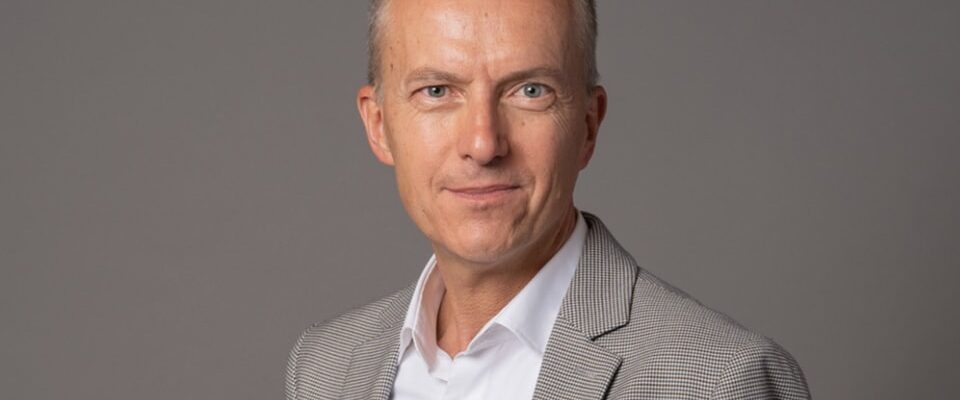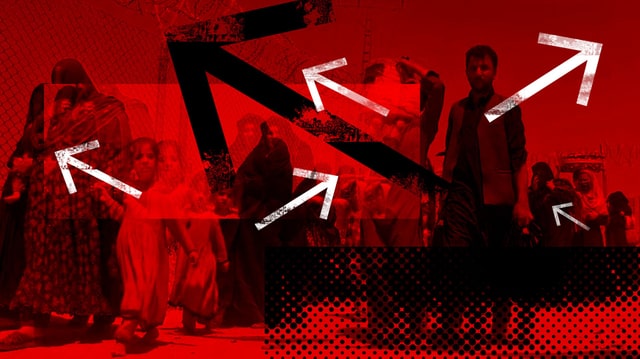Which European country should take in how many refugees? The EU has been struggling with this question for years. Should populous Countries take in more refugees than poorly populated? How should she Surface or the prosperity of a country (GDP) are taken into account? Should a recipient country be relieved if it is already under a high unemployment rate suffers?
We let you decide what a fair distribution should look like: You weight the criteria for the distribution – we show you on the map of Europe which countries counted “too many” or “too few” asylum seekers in 2022 according to your key.
How important are these factors for a fair distribution of asylum seekers in Europe?
Use the slider to select the weight you want.
That’s what the migration expert says
Etienne Piguet, Vice President of the Federal Migration Commission, explains in an interview with SRF News what is needed for a fair distribution of asylum seekers in Europe.
Legend:
“First of all, it has to be clarified whether the distribution key applies to asylum seekers in the admission procedure or to people who have already received protection,” says Etienne Piguet, who is a professor at the University of Neuchâtel and researches borders and migration flows.
zVg
SRF News: Europe still lacks a distribution key for refugees and some doubt that the EU will ever be able to reach political agreement. In your opinion, how should a distribution key be designed to enable fair distribution?
Etienne Piguet: First of all, it has to be clarified whether the distribution key applies to asylum seekers in the admission procedure or to people who have already received protection. The distribution of asylum seekers before the procedure is complicated and affects many people. It would be more efficient to carry out the examination of asylum applications at specific locations in Europe before people are distributed.
Countries that take in more refugees should receive a significant financial contribution from other countries.
Second, it is important that countries are convinced that there is real justice: the distribution should be proportional to criteria accepted by all, such as population, wealth, etc. In addition to this – since it will be difficult to move large crowds – countries that take in more refugees must automatically receive a significant financial contribution from other countries. This is also provided for in the current draft of the European Migration Pact.
What are the advantages of a binding distribution key, both for the states involved and for the refugees?
Fair distribution is the basis for a solidary system. It prevents uncontrolled migration movements in Europe and the resulting conflicts, such as recently between France and Italy. The advantage for asylum seekers is that a coordinated policy reduces inequality between receiving countries and an “asylum lottery”. At present, the protection rates vary considerably from country to country with the same nationality of origin and the same profile.
Why has the EU not managed to agree on a binding distribution key, despite efforts?
Every country hopes that the asylum seekers would go to another country. It prefers to undercut the reception conditions of the surrounding countries in the hope that people will go elsewhere. Countries are very sympathetic to the idea of a key as long as they receive many requests themselves. But as soon as other countries are at the forefront, they suddenly reject him!
What are the consequences of the missing distribution key for the EU and EFTA countries? What does that mean for the refugees?
The lack of a common policy and distribution of reception capacity means that some countries are overburdened and have to house asylum seekers in poor conditions – see Greece. The lack of European coordination also means that those seeking protection believe it is worth traveling across Europe to choose a host country. You can also see the political risk that uncontrolled arrivals without European solidarity pose for a country: Italy is a good example.
One could argue that the implementation of a distribution key would lead to a great deal of bureaucracy and limit the flexibility of the countries involved. Do you share this criticism?
It is actually difficult to imagine wanting to distribute people directly upon their arrival. After an initial assessment of their asylum application, however, it can effectively relieve the countries of first reception if the refugees are resettled elsewhere. This principle of resettlement has long been practiced by UNHCR around the world.
Switzerland already has a distribution key “on a small scale”: for the distribution of refugees among the cantons. Couldn’t this system be transferred to a European solution?
The Swiss system works according to the model outlined above for Europe: a first phase of the centralized procedure in the federal centers and then a distribution of the persons who have received protection – provisional admission, refugee status or “long” procedure – to the cantons. This distribution is strictly proportional to the population, except in the cantons that have accepted a federal center. In general, this system works well: refugees have no interest in wanting to go to a particular canton, and the cantons have no interest in pursuing hostile policies to persuade these people to leave the canton: this avoids what is currently being observed in Europe.
It is of course difficult to transfer the Swiss system directly to the EU, since Swiss federalism facilitates consensus building. I therefore think that it will still take some time before such a system is introduced in the EU – but I would like to see it.

